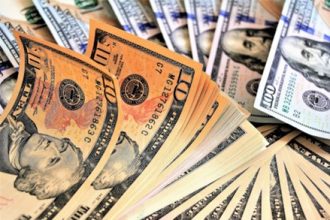An American depositary receipt (ADR) is a type of investment that allows foreign companies to list their shares on a U.S. stock exchange. ADRs are bought and sold just like regular stocks, but they represent ownership in a foreign company.
ADRs were created to make it easier for investors to buy and sell shares of foreign companies. They also allow foreign companies to tap into the U.S. capital markets without going through the expensive and time-consuming process of listing their shares on a U.S. exchange.
The number of ADRs that a company has is based on the number of shares that it has outstanding. For example, if a company has 1,000 shares outstanding and each ADR represents 10 shares, then the company would have 100 ADRs outstanding.
The price of an ADR is based on the price of the underlying shares in the foreign market. So, if a company’s shares trade for $10 in the foreign market, and each ADR represents 10 shares, then the ADR would trade for $100.
ADRs are traded on U.S. stock exchanges, and they can be bought and sold through brokerages just like regular stocks. They are also subject to the same rules and regulations as other stocks.
The main benefit of investing in ADRs is that it allows investors to easily buy and sell shares of foreign companies. ADRs also provide a level of liquidity that might not be available if you were to invest directly in the underlying shares.
The main risk of investing in ADRs is that they are subject to the same risks as any other stock, including the risk of loss. In addition, ADRs can be more volatile than the underlying shares because they are often traded in smaller quantities.
If you’re interested in investing in ADRs, it’s important to do your research and consult with a financial advisor to determine if they are right for you.
This is just one of the concepts that will be covered in the Series 7 Exam. Want to take that first step? Check out Achievable’s Series 7 Prep Course to get started today!















